Hello, Seattle, 43 Years Ago
So I’ve been watching Mad Men fitfully for a couple years on Netflix, haven’t pushed into the last half of the last season just yet.
It beguiles and intrigues me because it’s set in the 1955-1965 time when my parents were reaching the apex of their youth and surfing, however timidly, the incredible surge of the post-war economy and culture. Of course, there’s the costumes and props and maddening telephone technology in Mad Men that resonate, but also wisps of the urgent issues of the day, and how the writers ingeniously filtered them through office culture.
I worked at summer jobs at my dad’s manufacturing plant ( they made glass for General Motors) in the late 60s, and, although we weren’t working in a Manhattan high-rise, we were still firmly attached to the skeleton that underlay the social and professional fabric of the country, so in so many ways my dad’s office in middle America was just a door or two away from Don Draper’s.
43 years ago, perhaps to the day, (I’ll close this loop in a moment), Mrs. Perils and I returned to our post-college digs in Bowling Green, Ohio, from a breathtaking trip to Seattle. We took a look in the mirror, and decided that we were going to be those guys that, as Huck Finn said, lit out for the territory. We hitched a 4×8 U-Haul to my ‘67 Pontiac Tempest and headed for Seattle.
In the Mad Men episode I just watched, Don has just walked out of a meeting in Manhattan and begun driving west, to a future as uncertain as we faced in 1974. Somewhere around Cleveland, the ghost of Bert Cooper appears in the passenger seat and recites Kerouac: “Whither goest thou, America, in thy shiny car in the night?”
The question, of course, is existential and not merely geographical. It was sufficiently laden with emotion in the Mad Men plot, but - and I’m not a crier - I found myself suddenly misty-eyed, a late-summer squall exposing long-forgotten topology. Where were we going back in October, 1974, taking leave of family we knew would feel our absence and (probably) question our choice? By all measures, we’ve had a good life, and connected deeply with our families, but at the time it didn’t seem so certain.
I think “Whither goest thou” is a trenchant question for life’s next adventure. And this car, this formerly shiny car, nonetheless seems up for another cycle around the odometer.
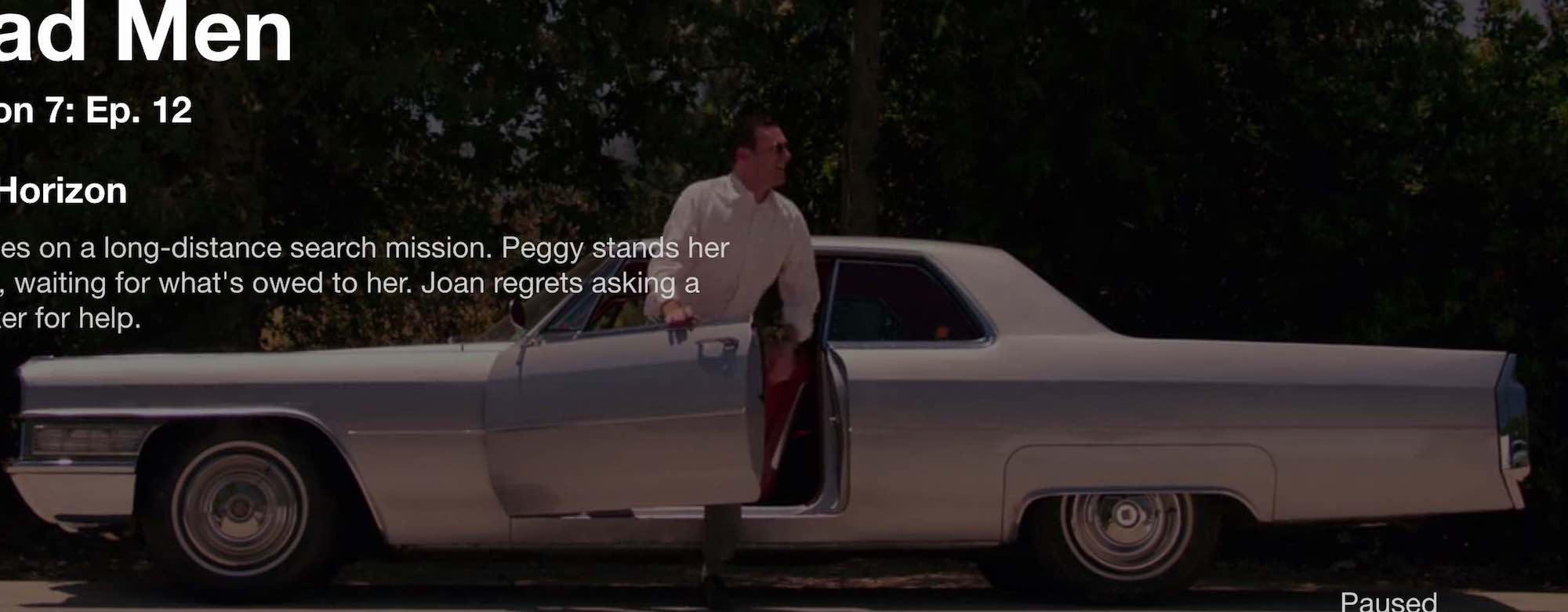
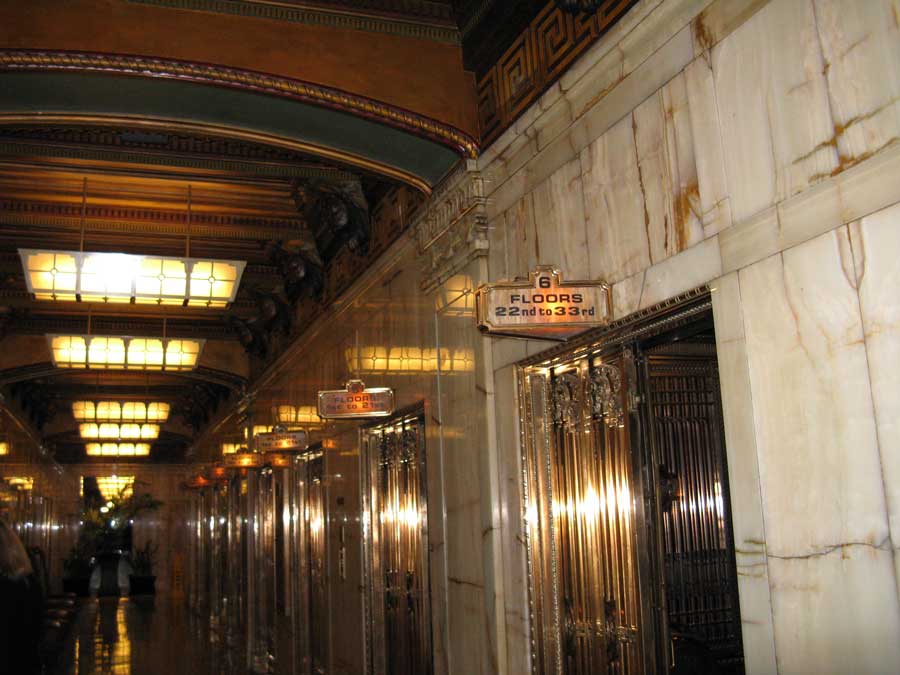
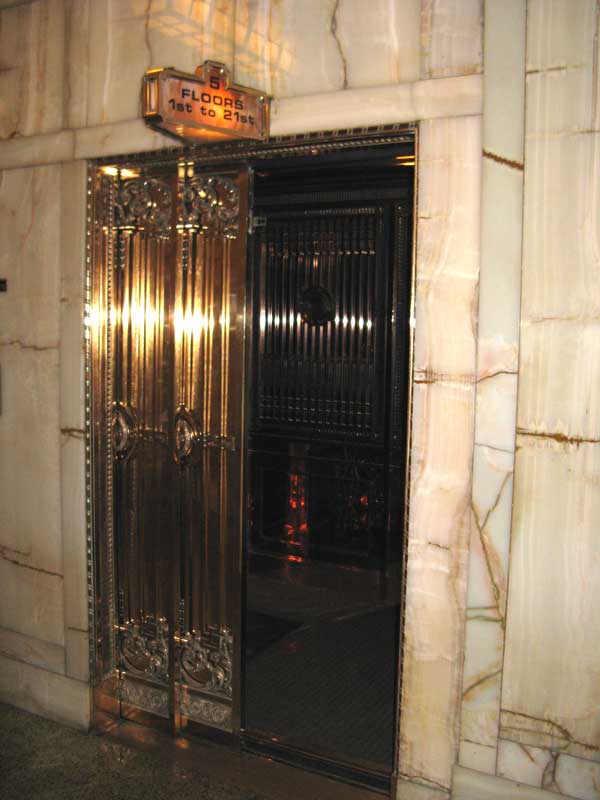
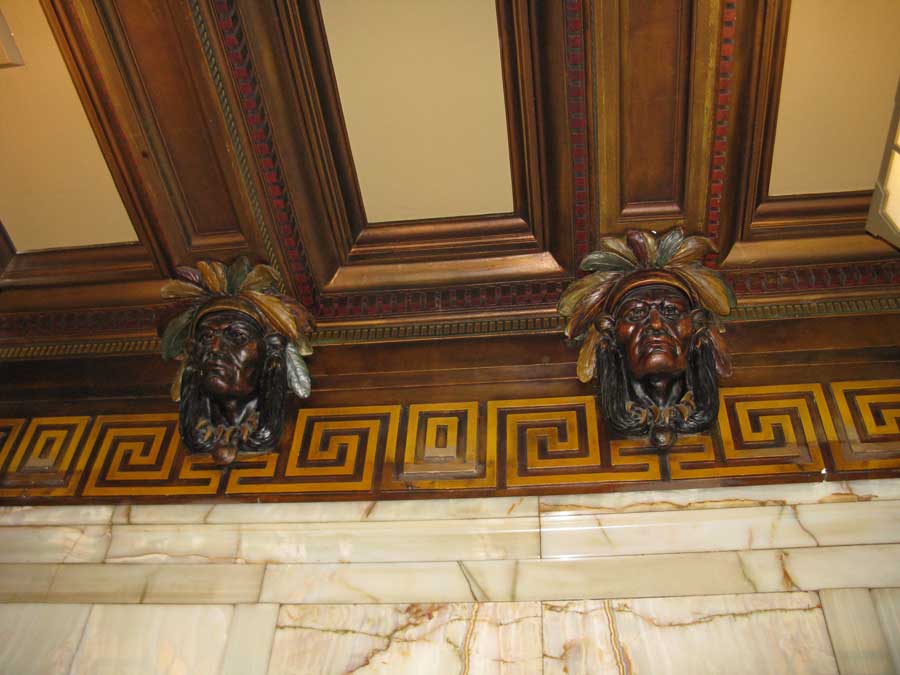

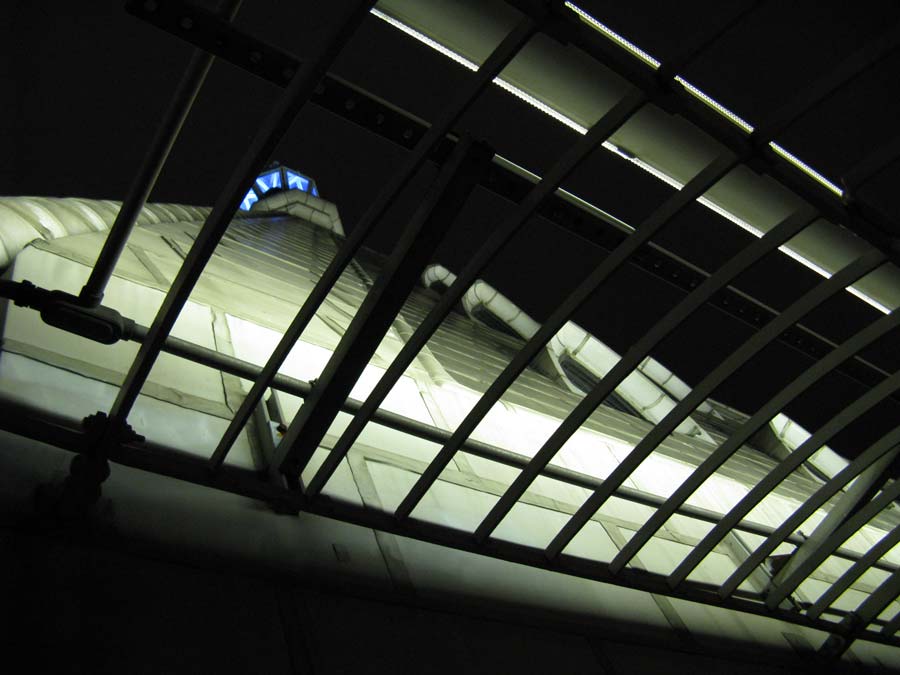
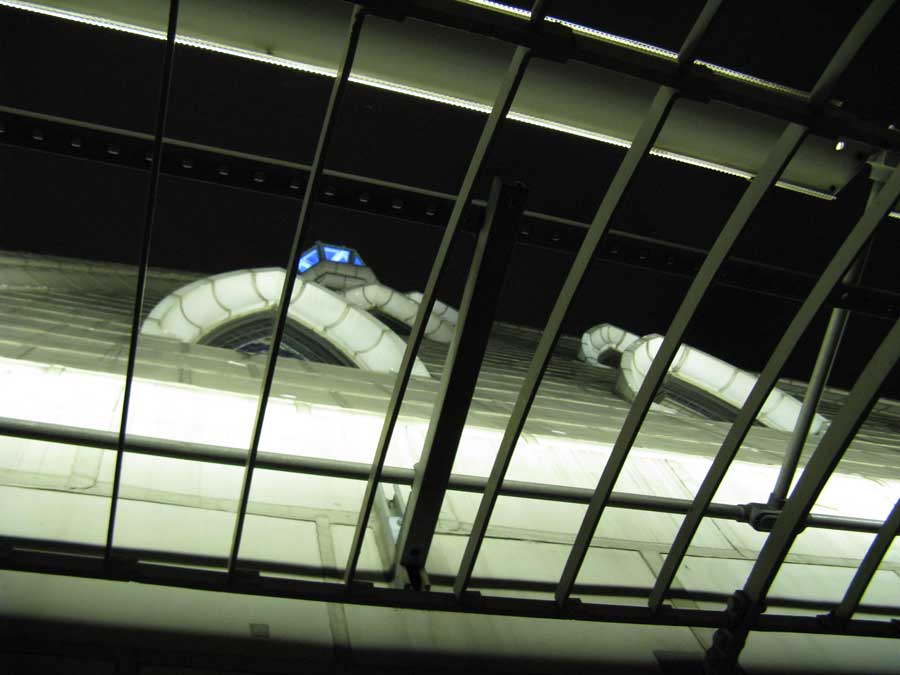

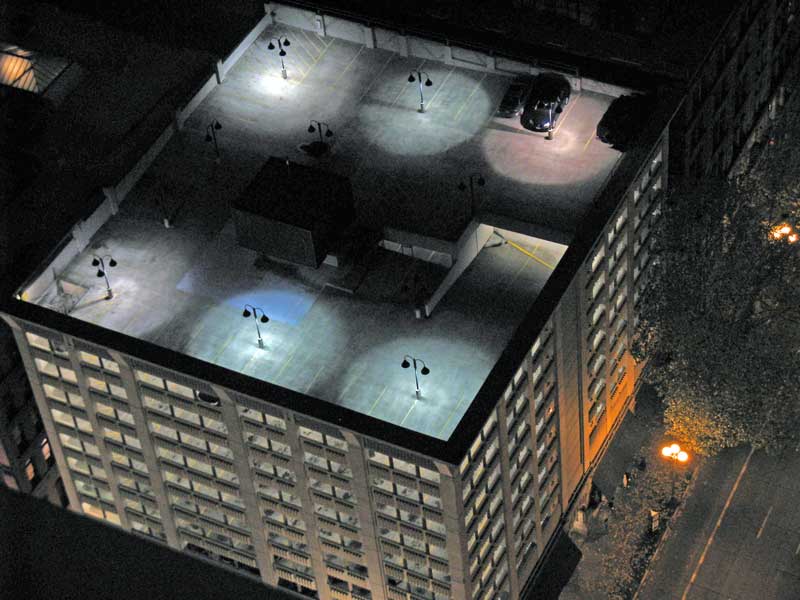
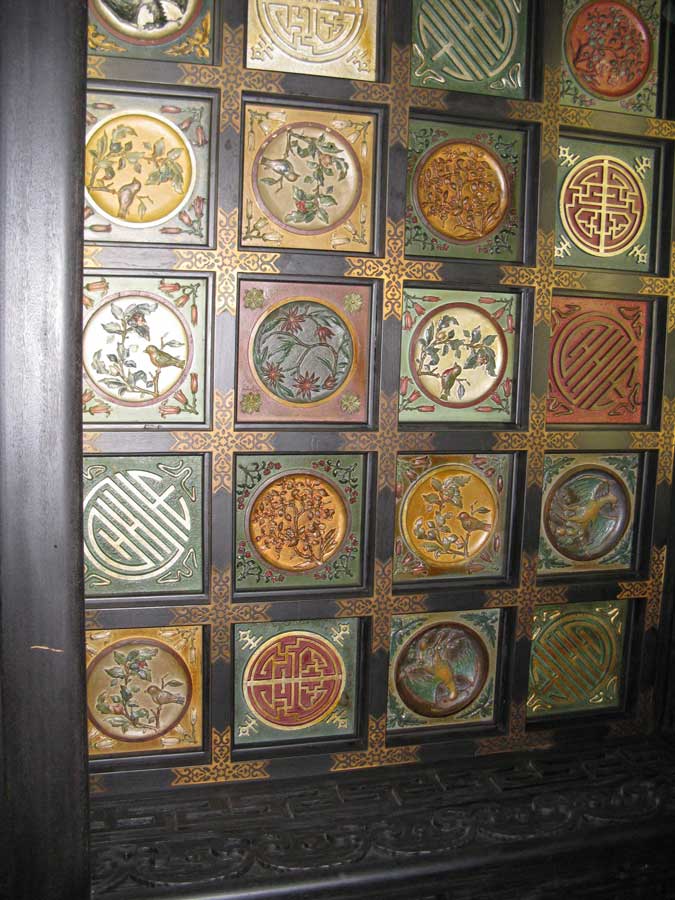
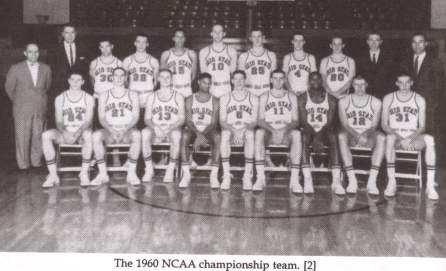
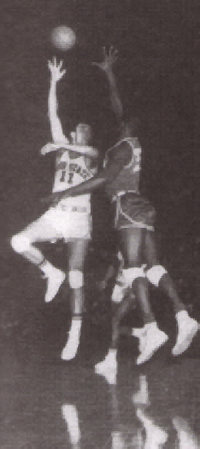
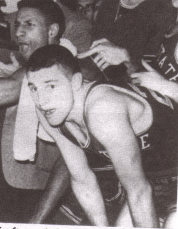

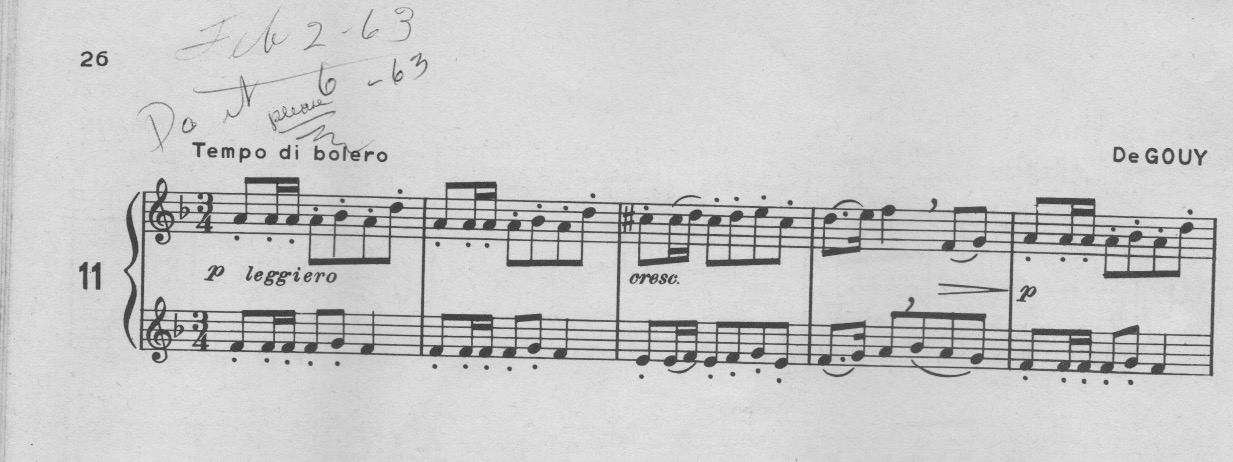

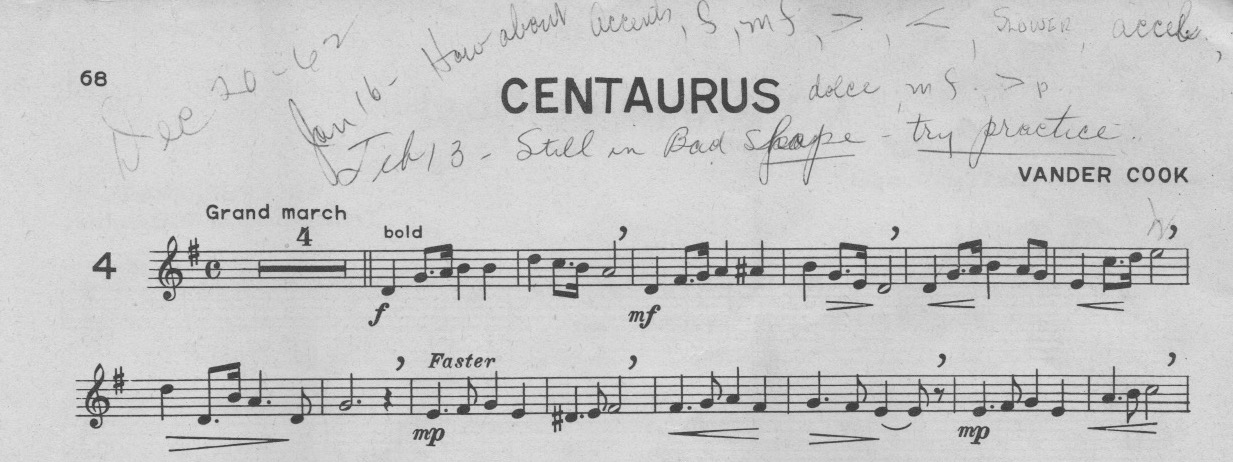
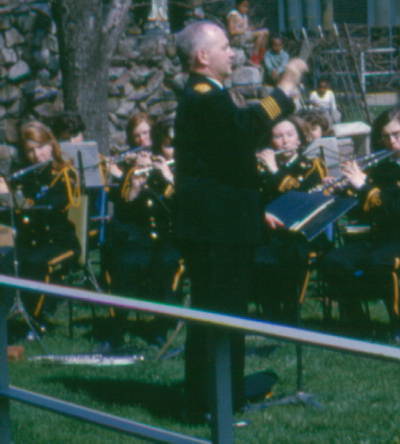
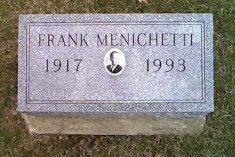
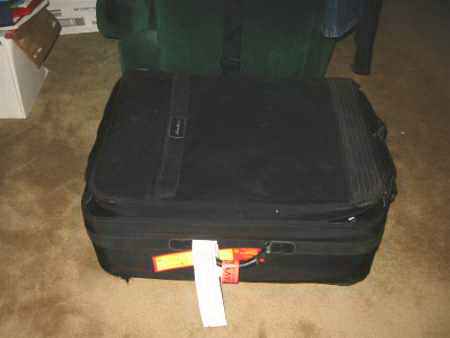 I leave on a business trip tomorrow, and before I do, I have to find a way to fire one of my oldest and closest associates. Let’s call him “Eddie”. “Eddie Bauer”. This individual has been my faithful companion for nearly 5 years and, like all of the best lieutenants in business, has discreetly hidden, when necessary, any dirty laundry that my business ventures may have generated.
I leave on a business trip tomorrow, and before I do, I have to find a way to fire one of my oldest and closest associates. Let’s call him “Eddie”. “Eddie Bauer”. This individual has been my faithful companion for nearly 5 years and, like all of the best lieutenants in business, has discreetly hidden, when necessary, any dirty laundry that my business ventures may have generated.

